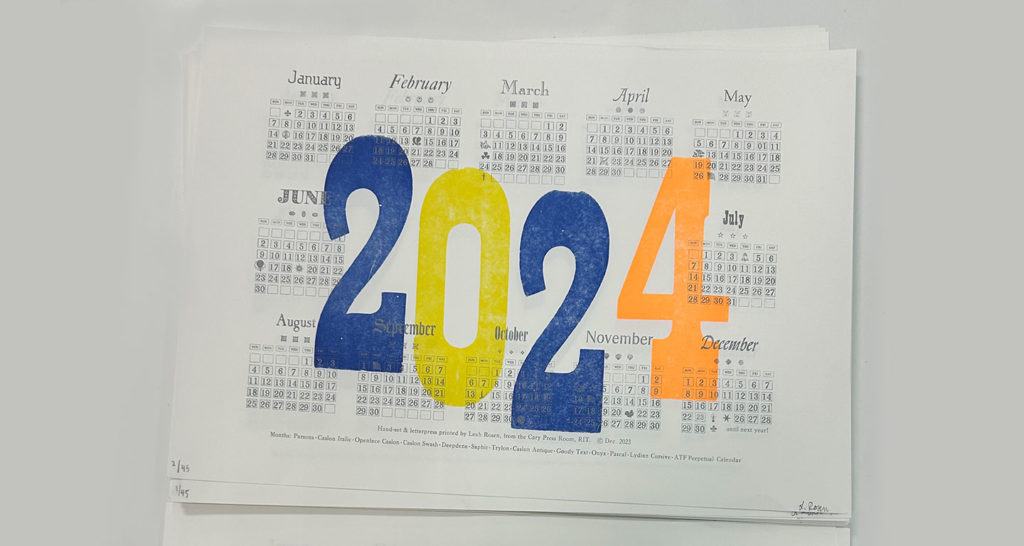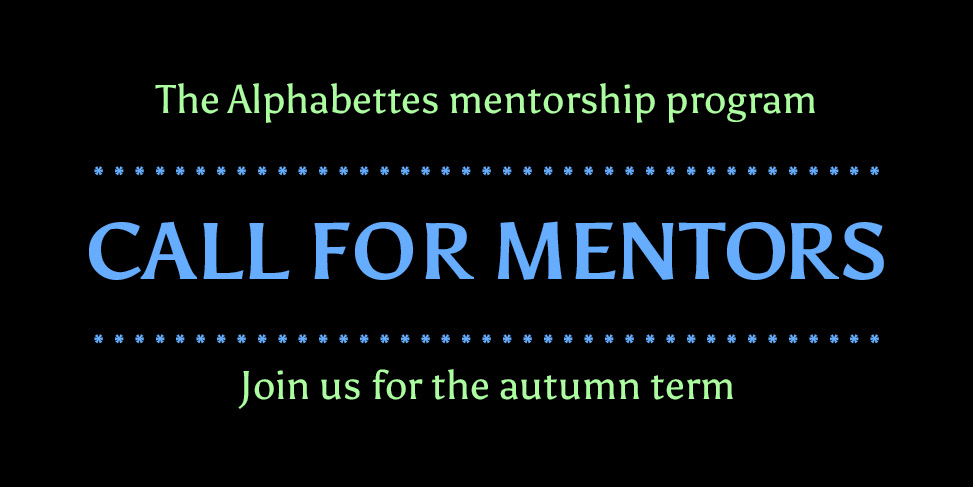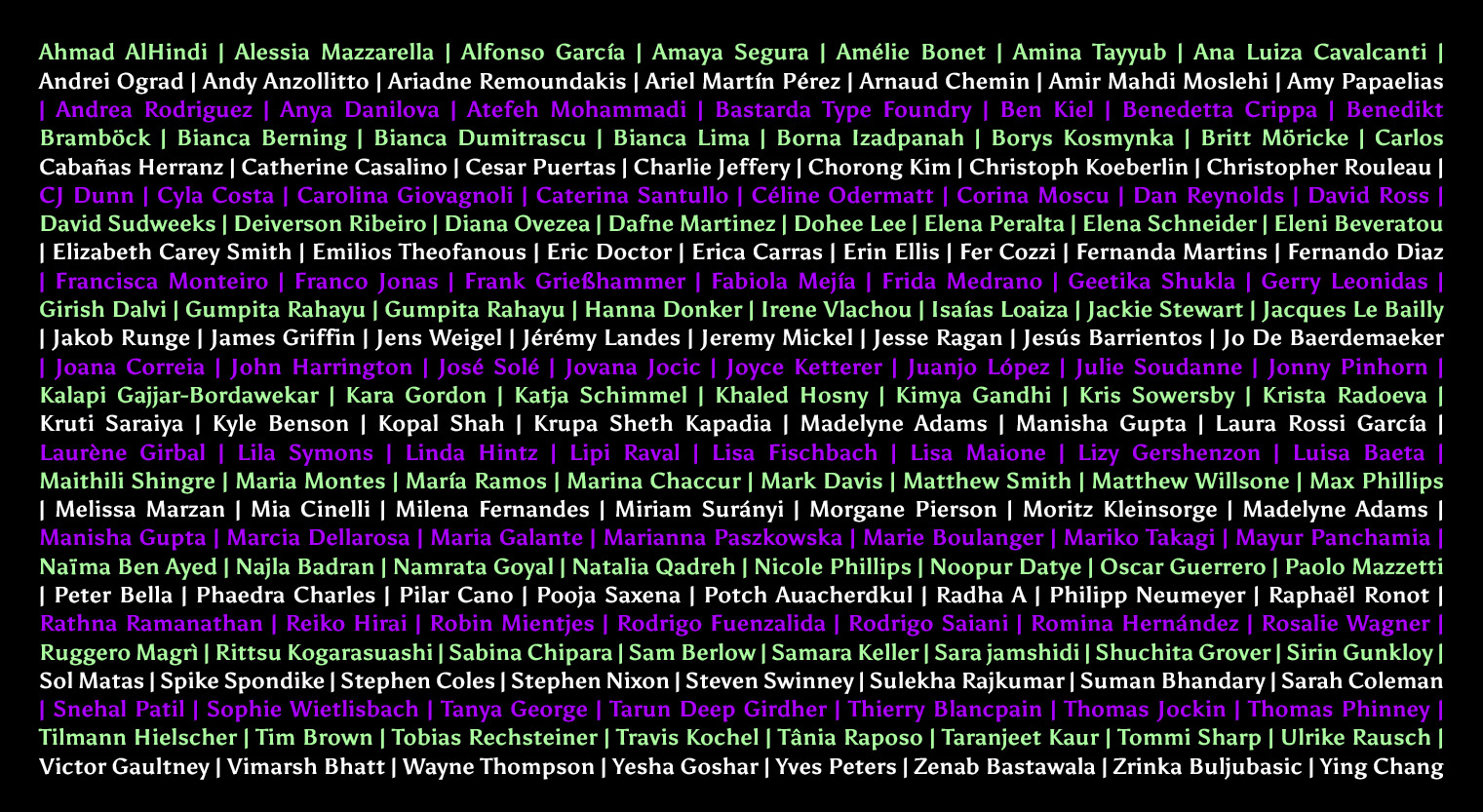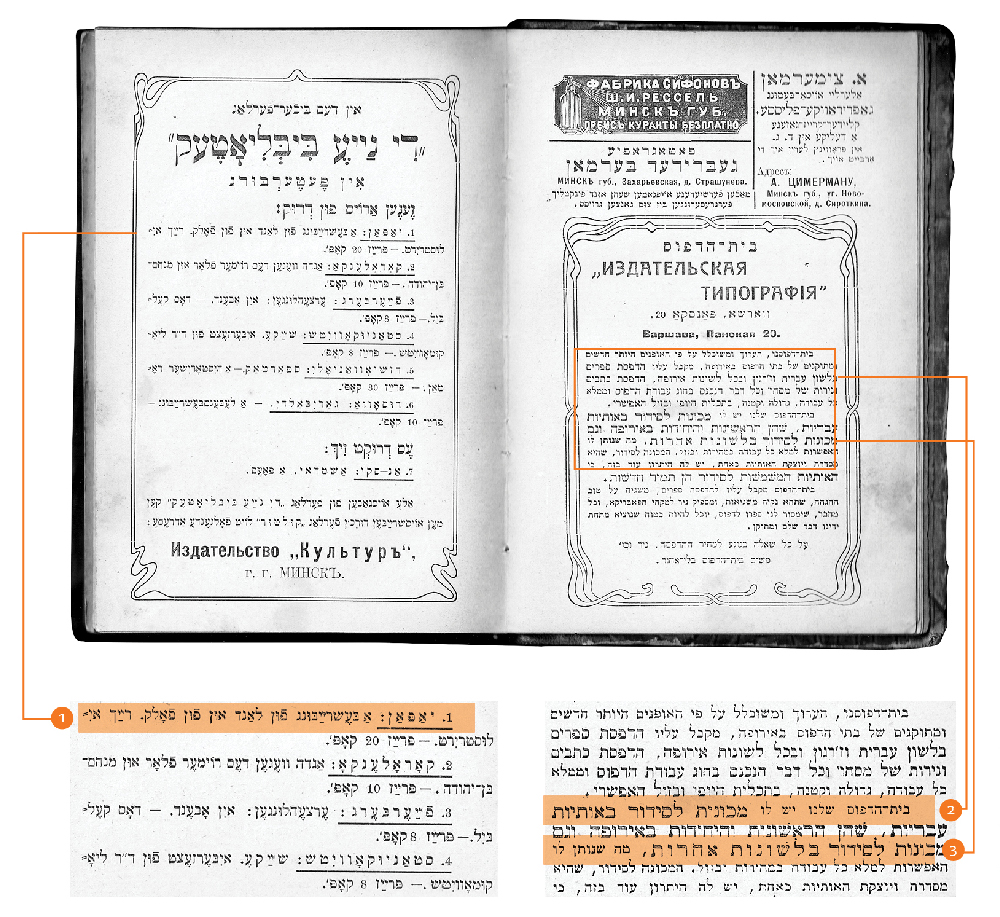Let me tell you the story of how I learnt to appreciate my left thumb. In the summer of 2017 I had the privilege of receiving the RIT Cary Graphic Arts Collection summer research fellowship.
This fellowship is offered yearly to scholars so that they can come and use the collection in person. I spent one heavenly month studying the archive of Ismar David, the designer of the first comprehensive Hebrew typeface family.
The Cary Graphic Arts Collection (aka: The Cary) is a rare book library on the history of the graphic arts. The original collection was assembled by Melbert B. Cary, Jr. during the 1920s and 1930s. Cary was the director of the Continental Type Founders Association, a former president of the AIGA and the proprietor of the Woolly Whale Press. He collected printers’ manuals, type specimens, and books on the art of printing. In 1969, his collection of some 2,300 items was presented to the RIT. Today, it houses around 40,000 volumes, manuscripts and correspondence, on bookbinding, paper making, type design, calligraphy and book illustration.
One of the exciting things about The Cary is that although many of the items in the library are rare, access is given to visitors. With the supervision and assistance of the staff, the resources can be examined and studied in the reading room, in very LOW temperatures. So, after making your appointment, be sure to bring a sweater and you can enjoy the rare items and be well preserved with them.
Another thrilling aspect of The Cary is that it is not only a collection of printed matter, it is also a collection of the technology used for its production. The Arthur M. Lowenthal Memorial Pressroom holds some historic printing presses including a 1874 Columbian press, an Albion press that was once owned by Goudy, a Vandercook press from the 60s and a William Morris’ Kelmscott Press. All the presses are functional and regularly maintained. Complementing the presses the collection holds various kinds of metal and wood typefaces.
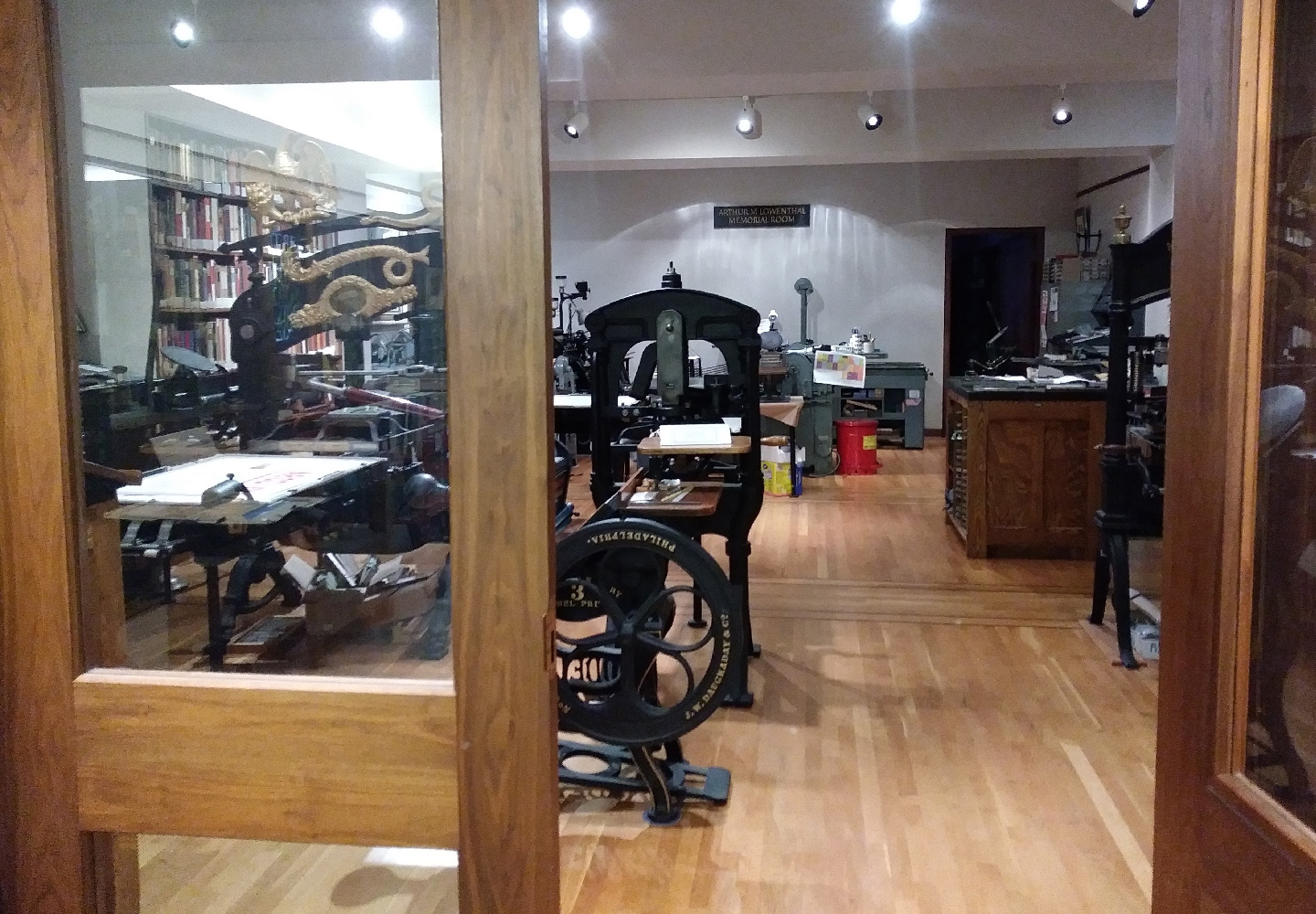
Continue reading →
